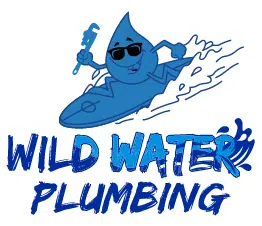WILD WATER PLUMBINGIdentifying the Source of Low Water Pressure
U.S. Navy Veteran Owned & Operated throughout greater Jacksonville, NC.
WILD WATER PLUMBINGIdentifying the Source of Low Water Pressure
U.S. Navy Veteran Owned & Operated throughout greater Jacksonville, NC.
Low water pressure can be a frustrating issue for homeowners, affecting everything from showering to washing dishes.
Here’s a step-by-step guide to help you troubleshoot and identify the cause of low water pressure.
